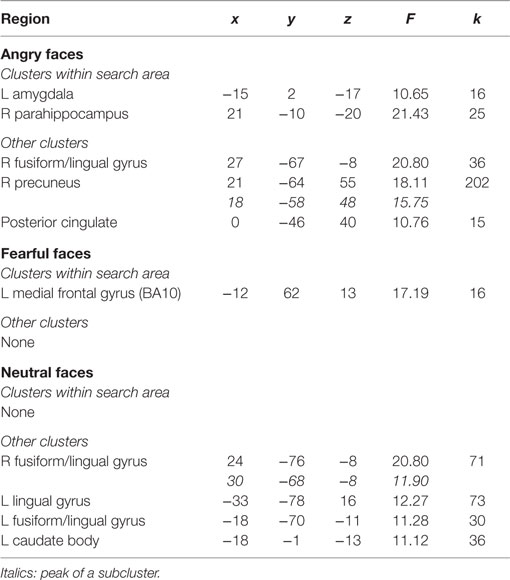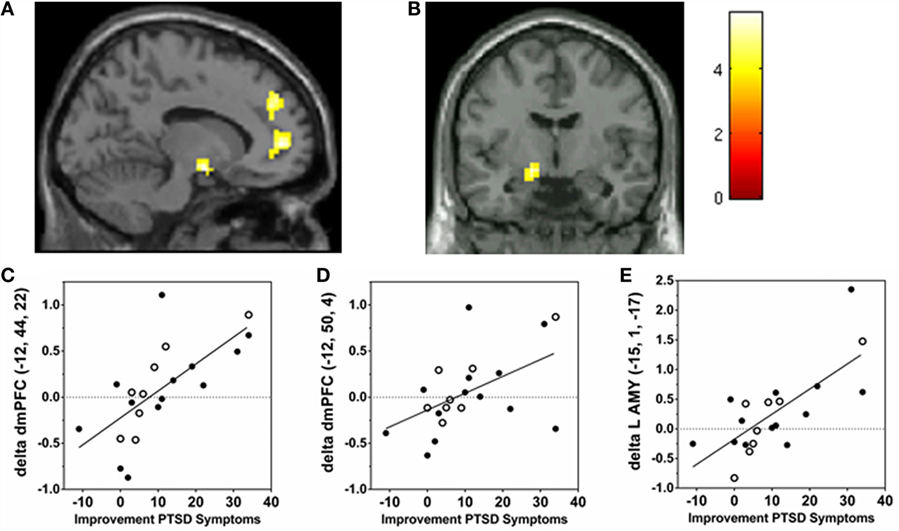The Clinician-Administered PTSD Scale for Children and Adolescents (CAPS-CA) is a semistructured interview that assesses the frequency and intensity of PTSD symptoms and their impact on developmental, social, and academic functioning. The Clinician-Administered PTSD Scale for DSM-5 (CAPS-5) is a 30-item structured interview that corresponds to the DSM-5 criteria for PTSD. It is the gold standard in PTSD assessment.
You Can Also Take our training course:. Make current (past month) diagnosis of PTSD.
Make lifetime diagnosis of PTSD. Assess PTSD symptoms over the past week In addition to assessing the 20 DSM-5 PTSD symptoms, questions target the onset and duration of symptoms, subjective distress, impact of symptoms on social and occupational functioning, improvement in symptoms since a previous CAPS administration, overall response validity, overall PTSD severity, and specifications for the dissociative subtype (depersonalization and derealization).
Caps Clinician Administered Ptsd Scale Pdf In Vectors
For each symptom, standardized questions and probes are provided. Administration requires identification of an index traumatic event to serve as the basis for symptom inquiry. The Life Events Checklist for DSM-5 (LEC-5) is recommended in addition to the Criterion A inquiry included in the CAPS-5. The CAPS was designed to be administered by clinicians and clinical researchers who have a working knowledge of PTSD, but can also be administered by appropriately trained paraprofessionals. The full interview takes 45-60 minutes to administer.

Changes from previous CAPS for DSM-IV Several important revisions were made to the CAPS in updating it for DSM-5:. CAPS for DSM-IV asked respondents to endorse up to three traumatic events to keep in mind during the interview. CAPS-5 requires the identification of a single index trauma to serve as the basis of symptom inquiry.
CAPS-5 is a 30-item questionnaire, corresponding to the DSM-5 diagnosis for PTSD. The language of the CAPS-5 reflects both changes to existing symptoms and the addition of new symptoms in DSM-5. CAPS-5 asks questions relevant to assessing the dissociative subtype of PTSD (depersonalization and derealization), but no longer includes other associated symptoms (e.g., gaps in awareness). As with previous versions of the CAPS, CAPS-5 symptom severity ratings are based on symptom frequency and intensity (except for amnesia and diminished interest which are based on amount and intensity). However, CAPS-5 items are rated with a single severity score in contrast to previous versions of the CAPS which required separate frequency and intensity scores. General instructions and scoring information are included with the CAPS-5.
Scoring Detailed scoring information is included with the CAPS-5 and should be reviewed carefully before administering. Briefly, the assessor combines information about frequency and intensity of an item into a single severity rating.
Impact Of Event Scale
CAPS-5 total symptom severity score is calculated by summing severity scores for the 20 DSM-5 PTSD symptoms. Similarly, CAPS-5 symptom cluster severity scores are calculated by summing the individual item severity scores for symptoms corresponding to a given DSM-5 cluster: Criterion B (items 1-5); Criterion C (items 6-7); Criterion D (items 8-14); and, Criterion E (items 15-20). A symptom cluster score may also be calculated for dissociation by summing items 19 and 20. At least one Criterion B symptom.
At least one Criterion C symptom. At least two Criterion D symptoms. At least two Criterion E symptoms. Criterion F is met (disturbance has lasted one month). Criterion G is met (disturbance causes either clinically significant distress or functional impairment) Sample Item In the past month, have you had any unwanted memories of (EVENT) while you were awake, so not counting dreams?
How does it happen that you start remembering (EVENT)? If not clear: ( Are these unwanted memories, or are you thinking about EVENT on purpose?) How much do these memories bother you? Are you able to put them out of your mind and think about something else? How often have you had these memories in the past month? Severity Rating 0. Absent: The respondent denied the problem or the respondent's report doesn't fit the DSM-5 symptom criterion.
Mild / subthreshold: The respondent described a problem that is consistent with the symptom criterion but isn't severe enough to be considered clinically significant. The problem doesn't satisfy the DSM-5 symptom criterion and thus doesn't count toward a PTSD diagnosis. Moderate / threshold: The respondent described a clinically significant problem. The problem satisfies the DSM-5 symptom criterion and thus counts toward a PTSD diagnosis.
The problem would be a target for intervention. This rating requires a minimum frequency of 2 x month or some of the time (20-30%) PLUS a minimum intensity of Clearly Present.

Severe / markedly elevated: The respondent described a problem that is above threshold. The problem is difficult to manage and at times overwhelming, and would be a prominent target for intervention. This rating requires a minimum frequency of 2 x week or much of the time (50-60%) PLUS a minimum intensity of Pronounced. Extreme / incapacitating: The respondent described a dramatic symptom, far above threshold.
The problem is pervasive, unmanageable, and overwhelming, and would be a high-priority target for intervention. Versions There are three versions of the CAPS-5 corresponding to different time periods: past week, past month, and worst month (lifetime). The past week version of the CAPS-5 should be used only to evaluate PTSD symptoms over the past week. PTSD diagnostic status should be evaluated with the past month (for current PTSD) or worst month (for lifetime PTSD) versions of the CAPS-5. A version for children and adolescents ages 7 and above is also available.
The CAPS-CA-5 corresponds to DSM-5. Citation Weathers, F.W., Blake, D.D., Schnurr, P.P., Kaloupek, D.G., Marx, B.P., & Keane, T.M. The Clinician-Administered PTSD Scale for DSM-5 (CAPS-5). Interview available from the National Center for PTSD at www.ptsd.va.gov.
References (CAPS for DSM-IV) Blake, D. D., Weathers, F. M., Kaloupek, D. G., Gusman, F. D., Charney, D.
S., & Keane, T. (PDF) Journal of Traumatic Stress, 8, 75-90. Doi: 10.1002/jts. Gray, M., Litz, B., Hsu, J., & Lombardo, T. (PDF) Assessment, 11, 330-341. Doi: 10.11104269954 Weathers, F.

W., Keane, T. M., & Davidson, J. (PDF) Depression and Anxiety, 13, 132-156. Doi: 10.1002/da.1029 Weathers, F. W., Ruscio, A.
M., & Keane, T. (PDF) Psychological Assessment, 11, 124-133. Doi: 10.1037//1040-3590.11.2.124 Additional Reviews (CAPS for DSM-IV) (PDF) p. Orsillo, Susan M. Measures for acute stress disorder and posttraumatic stress disorder. Antony & S.M.
Orsillo (Eds.), Practitioner's guide to empirically based measures of anxiety (pp. New York: KluwerAcademic/Plenum. PILOTS ID 24368 CAPS Training To learn about giving a CAPS-5 assessment, see. Technical manuals are available for the CAPS and CAPS-CA (both are DSM-IV versions) from. Search their online list of available products for CAPS (which includes the CAPS-CA). Interview booklets, interview guides, and a technical manual are available for both the CAPS and CAPS-CA.
To Obtain Scale This measure was created by staff at VA's National Center for PTSD. To obtain this scale complete the online.